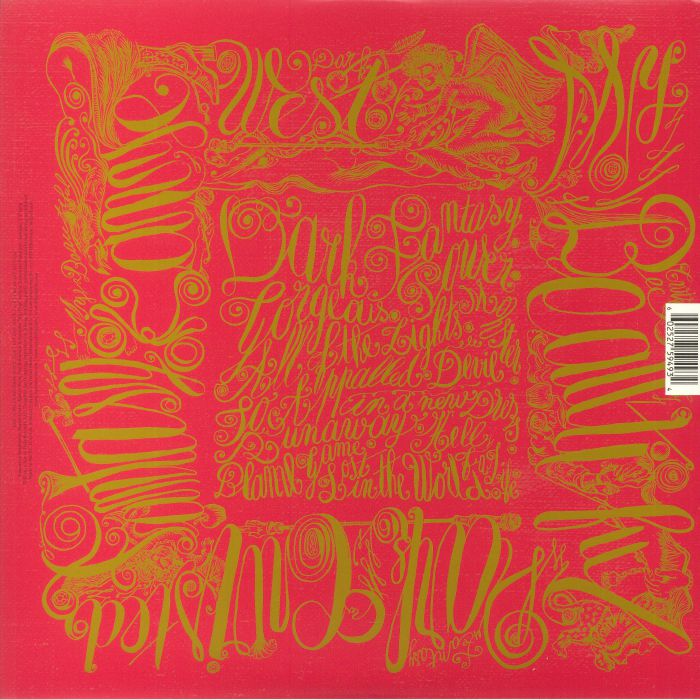

The sentiment and emotion was there the musical cornucopia West usually delivered wasn’t. In 2008, Kanye released his most critically polarizing album yet, the moody, fretful, maybe infantile 808s & Heartbreak, an autotune-heavy synthfest centering on the loss of Kanye’s mother. When Kanye West began crafting My Beautiful Dark Twisted Fantasy in 2010 (the album came out November 22 of that year), he was as low as any modern celebrity has ever been. The rapper’s Fantasy story begins at its emotional peak: “Can we get much higher?” It’s a cruel bit of self-flagellation. The signal Kanye sends by using a ghetto-ized version of the poem is somewhat straightforward: This album is a fairy tale gone corrupt.

It’s the introduction for what Dahl calls the real story of Cinderella, deriding “the phony one, the one you know” as a “cooked up” tale made “soft and sappy, just to keep the children happy.” What ensues in Rhymes is a blood-soaked retelling of Cinderella in which the prince is a monster who beheads Cinderella’s entire family. The original Dahl poem comes from Dahl’s book Revolting Rhymes. This isn’t a summation it’s a thematic mirror. You’re already off the ground.Ī complete dissection of My Beautiful Dark Twisted Fantasy would take dozens of chapters, but its epithet deserves special attention for its function. Justin Vernon cries: “Can we get much higher?” It doesn’t seem possible.
#My beautiful dark twisted fantasy album art 500x500 zip
Twisted fictions, sick addiction / Well, gather 'round, children zip it listen”Īfter the poem, one piano chord.

They made it sound all wack and corny / Yes, it's awful-blasted-boring The watered down one, the one you know / Was made up centuries ago “You might think you've peeped the scene / You haven't the real one's far too mean Finally, it’s the definitive word from and about one of the decade’s most troubling and complicated public figures, an encapsulation of everything he was in the past, a timestamp of who he was when the album was made, and a cruel foreshadowing of his disturbing, perhaps inevitable unraveling.Īnd it all starts with a twisted rendition of a Roald Dahl poem.Īppearing for the first time on the record that would launch her into the upper echelons of the music industry and global fame, rapper Nicki Minaj recites at the top: It’s also a genre-expanding tentpole of rap music, boundless in soundscape and audacious in ambition. Birthed from a disgraced, scattered, imploding star, it’s a microcosm of all the temptations, pressures, pleasures, and conflicts that come with fame in this decade. My Beautiful Dark Twisted Fantasy is the greatest album of the 2010s. Most of the time, when rappers try to use their work to shape their public persona and reform their image, they’re hopeless in the face of the internet’s dominant, overpowering ability to assign labels and make them stick. Most of the time, when rappers pair up with elements of rock, it’s a sonic disaster. Most of the time, when rappers organize multiple posse tracks, it’s unfocused and insubstantial. Most of the time, when rappers talk about themselves, it’s boring. One of the few exceptions to the rule is Kanye West’s My Beautiful Dark Twisted Fantasy, but then again, this album is the pure definition of exceptional. It’s the ultimate sign an artist isn’t confident enough in their own words to kick things off themselves, or that a writer wasn’t able to encapsulate their mission well enough to communicate it effectively, so they chose to lean on someone else they thought embodied it better. Epithets-quotes that introduce a creative work or piece of writing-are pretty lazy most of the time.


 0 kommentar(er)
0 kommentar(er)
